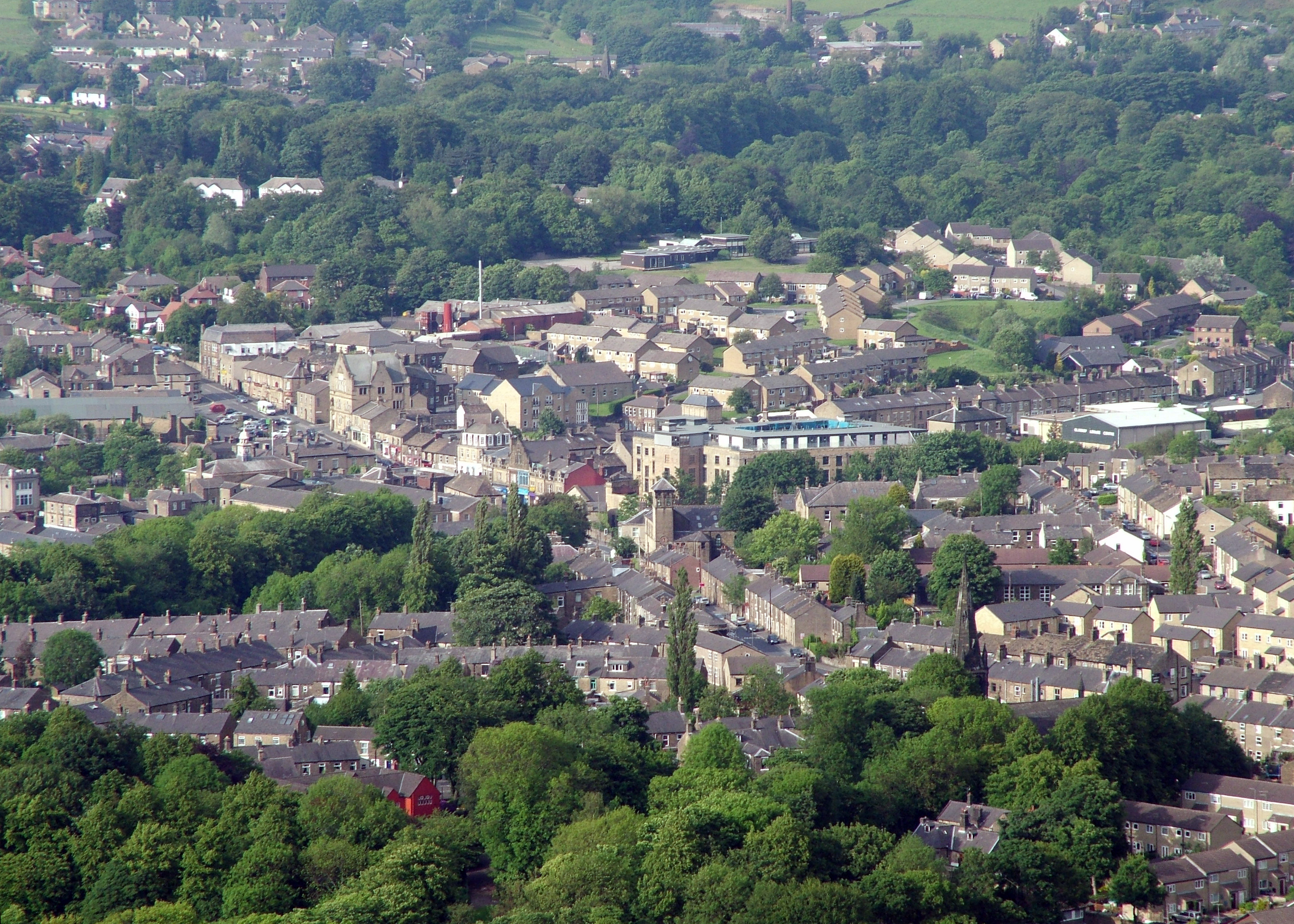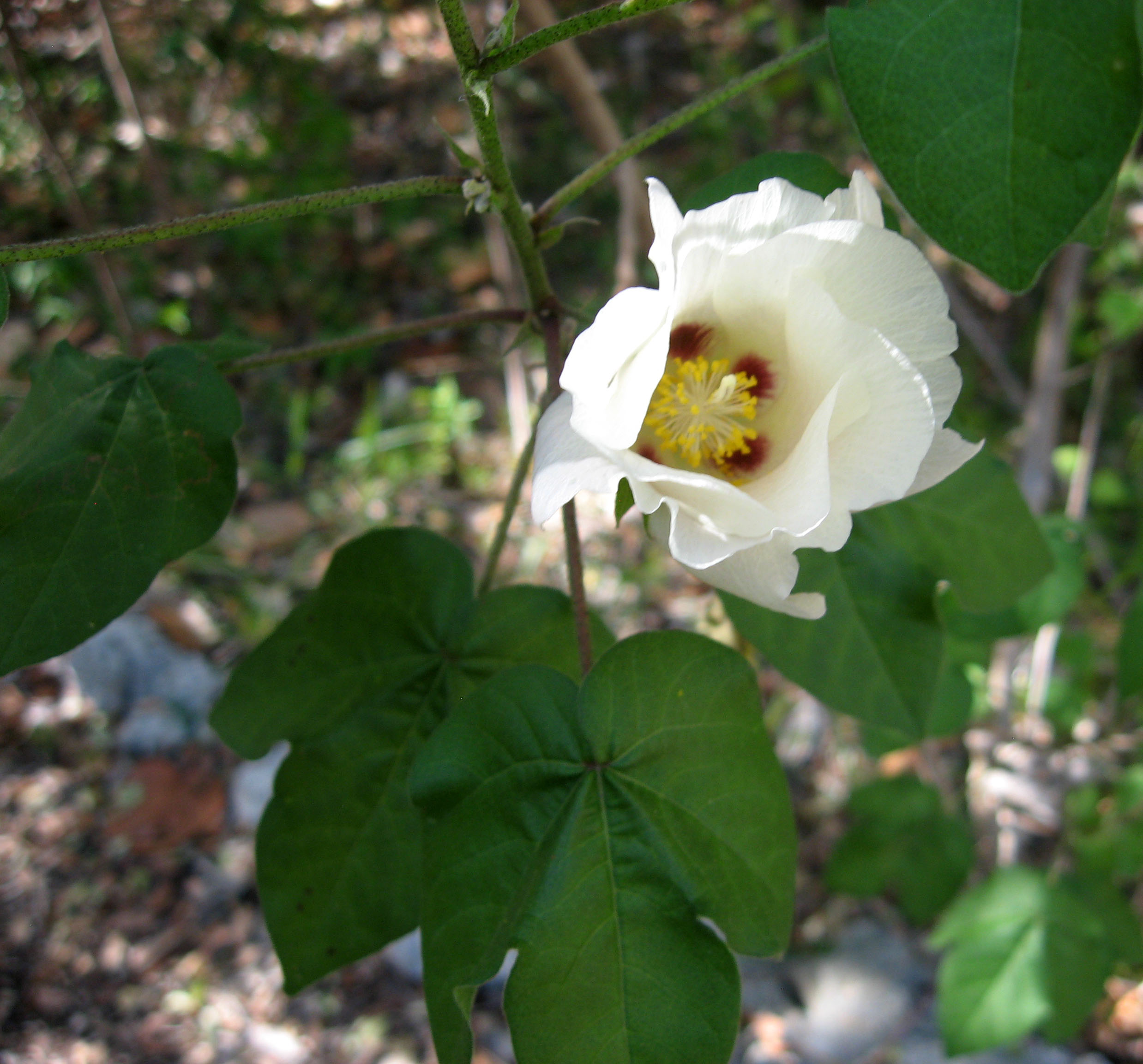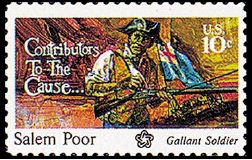|
Cotton Famine
The Lancashire Cotton Famine, also known as the Cotton Famine or the Cotton Panic (1861–1865), was a depression in the textile industry of North West England, brought about by overproduction in a time of contracting world markets. It coincided with the interruption of baled cotton imports caused by the American Civil War and speculators buying up new stock for storage in the shipping warehouses at the entrepôt. It also caused cotton prices to rise in China, in which trade had been steadily increasing following the Second Opium War and during the ongoing Taiping Rebellion. The increase in cotton prices caused the textile trade to rapidly lose two-thirds of its previous value of exports to China from 1861 to 1862. The worldwide cotton famine also produced a boom in cotton production in Egypt and Russian Turkestan. The boom years of 1859 and 1860 had produced more woven cotton than could be sold and a cutback in production was needed. The situation was exacerbated by an overabund ... [...More Info...] [...Related Items...] OR: [Wikipedia] [Google] [Baidu] |
Cotton Famine Life Magazine Manchester
Cotton (), first recorded in ancient India, is a soft, fluffy staple fiber that grows in a wikt:boll, boll, or protective case, around the seeds of the cotton plants of the genus ''Gossypium'' in the mallow family Malvaceae. The fiber is almost pure cellulose, and can contain minor percentages of waxes, fats, pectins, and water. Under natural conditions, the cotton bolls will increase the dispersal of the seeds. The plant is a shrub native to tropical and subtropical regions around the world, including the Americas, Africa, Egypt and India. The greatest diversity of wild cotton species is found in Mexico, followed by Australia and Africa. Cotton was independently domesticated in the Old and New Worlds. The fiber is most often Spinning (textiles), spun into yarn or thread and used to make a soft, breathable, and durable textile. The use of cotton for fabric is known to date to prehistoric times; fragments of cotton fabric dated to the fifth millennium BC have been found in the ... [...More Info...] [...Related Items...] OR: [Wikipedia] [Google] [Baidu] |
High Peak, Derbyshire
High Peak is a Local authority district, local government district with borough status in Derbyshire, England, covering a high moorland plateau in the Dark Peak area of the Peak District National Park. The district stretches from Holme Moss in the north to Sterndale Moor in the south, and from Hague Bar in the west to Bamford in the east. The population of the borough taken at the 2011 Census was 90,892. The borough is unusual in having two administrative centres for its council, High Peak Borough Council; the offices are in Buxton and Glossop. Other towns include Chapel-en-le-Frith, Hadfield, Derbyshire, Hadfield, New Mills and Whaley Bridge. High Peak was the name of a Hundred (county division), hundred of the Historic counties of England, ancient county of Derbyshire covering roughly the same area as the current district. It may have derived its name from the ancient Forest of High Peak, a royal hunting reserve administered by William Peverel, a favourite of William I of En ... [...More Info...] [...Related Items...] OR: [Wikipedia] [Google] [Baidu] |
Gossypium Hirsutum
''Gossypium hirsutum'', also known as upland cotton or Mexican cotton, is the most widely planted species of cotton in the world. Globally, about 90% of all cotton production is of cultivars derived from this species. In the United States, the world's largest exporter of cotton, it constitutes approximately 95% of all cotton production. It is native to Mexico, the West Indies, northern South America, Central America and possibly tropical Florida. Archeological evidence from the Tehuacan Valley in Mexico shows the cultivation of this species as long ago as 3,500 BC, although there is as yet no evidence as to exactly where it may have been first domesticated. This is the earliest evidence of cotton cultivation in the Americas found thus far. ''Gossypium hirsutum'' includes a number of varieties or cross-bred cultivars with varying fiber lengths and tolerances to a number of growing conditions. The longer length varieties are called "long staple upland" and the shorter length varie ... [...More Info...] [...Related Items...] OR: [Wikipedia] [Google] [Baidu] |
Gossypium Barbadense
''Gossypium barbadense'' is one of several species of cotton. It is in the Malvaceae, mallow family. It has been cultivated since antiquity, but has been especially prized since a form with particularly long fibers was developed in the 19th century. Other names associated with this species include Gossypium barbadense#Sea Island cotton, Sea Island, Gossypium barbadense#Egyptian, Egyptian, Gossypium barbadense#Pima, Pima, and Gossypium barbadense#Classification by staple length, extra-long staple (ELS) cotton. The species is a tropical, frost-sensitive Perennial plant, perennial that produces yellow flowers and has black seeds. It grows as a bush or small tree and yields cotton with unusually long, silky fibers. ''G. barbadense'' originated in southwest Ecuador and northwest Peru. It is now cultivated around the world, including China, Egypt, Sudan, India, Australia, Peru, Israel, the southwestern United States, Tajikistan, Turkmenistan, and Uzbekistan. It accounts for about 5% o ... [...More Info...] [...Related Items...] OR: [Wikipedia] [Google] [Baidu] |
Mumbai
Mumbai ( ; ), also known as Bombay ( ; its official name until 1995), is the capital city of the Indian state of Maharashtra. Mumbai is the financial capital and the most populous city proper of India with an estimated population of 12.5 million (1.25 crore). Mumbai is the centre of the Mumbai Metropolitan Region, the seventh-most populous metropolitan area in the world with a population of over 23 million (2.3 crore). Mumbai lies on the Konkan coast on the west coast of India and has a deep natural harbour. In 2008, Mumbai was named an alpha world city. Mumbai has the highest number of billionaires out of any city in Asia. The seven islands that constitute Mumbai were earlier home to communities of Marathi language-speaking Koli people. For centuries, the seven islands of Bombay were under the control of successive indigenous rulers before being ceded to the Portuguese Empire, and subsequently to the East India Company in 1661, as part of ... [...More Info...] [...Related Items...] OR: [Wikipedia] [Google] [Baidu] |
Power Loom
A power loom is a mechanized loom. Shuttle looms The main components of the loom are the warp beam, heddles, harnesses, shuttle, reed, and takeup roll. In the loom, yarn processing includes shedding, picking, battening and taking-up operations. * ''Shedding''. Shedding is the raising of the warp yarns to form a loop through which the filling yarn, carried by the shuttle, can be inserted. The shed is the vertical space between the raised and unraised warp yarns. On the modern loom, simple and intricate shedding operations are performed automatically by the heddle or heald frame, also known as a harness. This is a rectangular frame to which a series of wires, called heddles or healds, are attached. The yarns are passed through the eye holes of the heddles, which hang vertically from the harnesses. The weave pattern determines which harness controls which warp yarns, and the number of harnesses used depends on the complexity of the weave. Two common methods of controlling the hedd ... [...More Info...] [...Related Items...] OR: [Wikipedia] [Google] [Baidu] |
Spinning Mule
The spinning mule is a machine used to spin cotton and other fibres. They were used extensively from the late 18th to the early 20th century in the Cotton mill, mills of Lancashire and elsewhere. Mules were worked in pairs by a minder, with the help of two boys: the little piecer and the big or side piecer. The carriage carried up to 1,320 spindles and could be long, and would move forward and back a distance of four times a minute. It was invented between 1775 and 1779 by Samuel Crompton. The self-acting (automatic) mule was patented by Richard Roberts (engineer), Richard Roberts in 1825. At its peak, there were 5,000,000 mule spindles in Lancashire alone. Modern versions are still in production and are used to spin woollen yarns from noble fibres such as cashmere wool, cashmere, ultra-fine merino and alpaca for the knitted textile market. The spinning mule spins textile fibres into yarn by an intermittent process. In the draw stroke, the roving is pulled through rollers a ... [...More Info...] [...Related Items...] OR: [Wikipedia] [Google] [Baidu] |
Union Blockade
The Union blockade in the American Civil War was a naval strategy by the United States to prevent the Confederate States of America, Confederacy from trading. The blockade was proclaimed by President Abraham Lincoln in April 1861, and required the monitoring of of Atlantic Ocean, Atlantic and Gulf of Mexico, Gulf coastline, including 12 major ports, notably New Orleans and Mobile, Alabama, Mobile. Those Blockade runners of the American Civil War, blockade runners fast enough to evade the Union Navy could carry only a small fraction of the supplies needed. They were operated largely by British and French citizens, making use of neutral ports such as Havana, Cuba, Havana, Nassau, Bahamas, Nassau and Bermuda. The Union commissioned around 500 ships, which destroyed or captured about 1,500 blockade runners over the course of the war. The blockade was successful in blocking 95% of cotton exports from the South compared to pre-war levels, devaluing its currency and severely damaging ... [...More Info...] [...Related Items...] OR: [Wikipedia] [Google] [Baidu] |
United States Of America
The United States of America (USA), also known as the United States (U.S.) or America, is a country primarily located in North America. It is a federal republic of 50 states and a federal capital district, Washington, D.C. The 48 contiguous states border Canada to the north and Mexico to the south, with the semi-exclave of Alaska in the northwest and the archipelago of Hawaii in the Pacific Ocean. The United States asserts sovereignty over five major island territories and various uninhabited islands in Oceania and the Caribbean. It is a megadiverse country, with the world's third-largest land area and third-largest population, exceeding 340 million. Its three largest metropolitan areas are New York, Los Angeles, and Chicago, and its three most populous states are California, Texas, and Florida. Paleo-Indians migrated from North Asia to North America over 12,000 years ago, and formed various civilizations. Spanish colonization led to the establishment in 15 ... [...More Info...] [...Related Items...] OR: [Wikipedia] [Google] [Baidu] |
Confederate States Of America
The Confederate States of America (CSA), also known as the Confederate States (C.S.), the Confederacy, or Dixieland, was an List of historical unrecognized states and dependencies, unrecognized breakaway republic in the Southern United States from 1861 to 1865. It comprised eleven U.S. states that declared Secession in the United States, secession: South Carolina in the American Civil War, South Carolina, Mississippi in the American Civil War, Mississippi, Florida in the American Civil War, Florida, Alabama in the American Civil War, Alabama, Georgia in the American Civil War, Georgia, Louisiana in the American Civil War, Louisiana, Texas in the American Civil War, Texas, Virginia in the American Civil War, Virginia, Arkansas in the American Civil War, Arkansas, Tennessee in the American Civil War, Tennessee, and North Carolina in the American Civil War, North Carolina. These states fought against the United States during the American Civil War. With Abraham Lincoln's 1860 Un ... [...More Info...] [...Related Items...] OR: [Wikipedia] [Google] [Baidu] |
Slavery In The United States
The legal institution of human chattel slavery, comprising the enslavement primarily of List of ethnic groups of Africa, Africans and African Americans, was prevalent in the United States of America from its founding in 1776 until 1865, predominantly in the Southern United States, South. Slavery was established throughout European colonization in the Americas. From 1526, during the early Slavery in the colonial history of the United States, colonial period, it was practiced in what became British America, Britain's colonies, including the Thirteen Colonies that formed the United States. Under the law, an enslaved person was treated as property that could be bought, sold, or given away. Slavery lasted in about half of U.S. states until Thirteenth Amendment to the United States Constitution, abolition in 1865, and issues concerning slavery seeped into every aspect of national politics, economics, and social custom. In the decades after the end of Reconstruction era, Recons ... [...More Info...] [...Related Items...] OR: [Wikipedia] [Google] [Baidu] |




